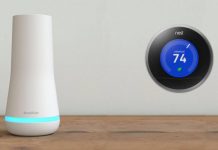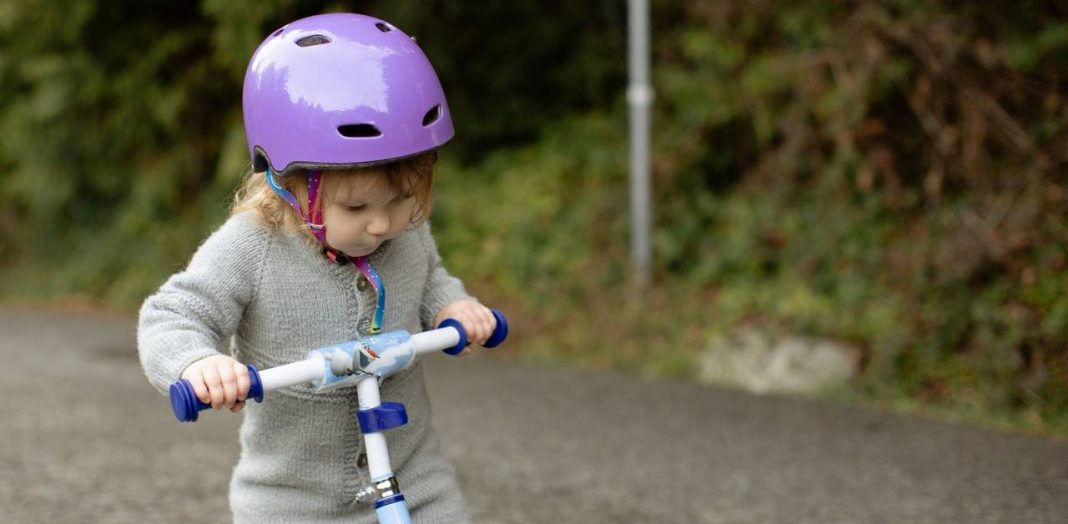UPDATED February 10, 2022 This piece has been updated to reflect the emergence of new technology


Christian Mathews Security Writer
All parents worry about home safety for their child. Children are young and naive; they cannot understand the signs of danger. Therefore, you must change things around your house to ensure the safety and well-being of your children. This article details how you can improve your home to make it a haven for your family.
1. Child Safety At Home
It is hard to digest this, but the truth of the matter is your house is accident-prone, especially for children who are wandering around the house. If un-attended, they can often cause themselves unintentional injuries, which can be fatal too.
Fortunately, these accidents are avoidable if you take specific steps towards education and prevention. With this article, we hope to give all the ways you can childproof your house.
2. Home Safety Assessment for Child
Ensuring home safety for child with child-proofing your house. Follow this checklist to make sure that your home is safe for children
Know your high-risk zones
Parents and guardians should know if there are any locations or sources in the house that can cause child injury. This can include the garage, the kitchen, the garden, and the stairs. Any place with sharp, chemical-based, or inflammable objects should be closely monitored so that children don’t get hold of anything that can harm them.
Secure your home
Make sure you have your doors and windows properly locked and secured. Install cabinet locks wherever required so that kids don’t tamper with anything. Installing proper locks ensures that children don’t climb out and fall.
Childproof all electrical outlets
This is a primary requirement if you have infants in the house. You need to secure all the electrical outlets with outlet covers and keep electrical cords and wires out of reach of children.
In the kitchen
Be sure to keep all your heavy pots and pans out of reach by storing them in the higher shelves in the kitchen. Also, keep things like knives and inflammable items out of reach, possibly hidden in a cabinet.
In the bathroom
Keep all the medicine and house cleaning products in locked cabinets. The bath mats should be non-skid to prevent slipping. The doorknobs should be properly placed.
Keep house plants out of reach
Some houseplants can be poisonous for children. Plants like cactus can also unintentionally harm children.
If you have stairs and balconies
With stairs and balconies, install a toddler gate for stairs on the entries so that young children don’t fall or trip down.
3. 10 Safety Rules at Home for Child
It is never too early to teach children about safety. Promoting child safety among all the family members will help you take the preventive measures required to keep your children safe. These are a few rules you need to teach your child to keep them safe and sound if you are not around to monitor them.
- Not to trust any stranger, especially if they are offering the child food or candy
- Not to open the door for any stranger, no matter what they say.
- Not to wander around too far alone, especially if they are in a new and unfamiliar place.
- Not to touch anything that looks or smells funny- it could be something hazardous.
- Children should not be unattended in the kitchen; they should not touch any of the knives or the gas stove.
- Children should not be playing with wires or electrical items that can cause an accident.
- Children shouldn’t be playing with any inflammable or sharp objects.
- You need to teach your children a few emergency numbers: the parent’s number, a few trusted contacts, and the emergency 911.
- Don’t leave your child alone near water.
- Be ready for an emergency, before it happens. Having a medical or child safety kit is a life saving addition to your home.
4. Child Home Safety Kit
Keeping a home safety kit should be a priority for a parent. These are some items you should keep handy in case there is an emergency or your child gets hurt.
- Band-Aid for small cuts and scrapes
- Salves and creams in case the child gets burns or scalds
- A list of emergency contact prominently displayed.
- There should be an up-to-date record of all the family members- their names, address, birthdate, and social security number
- A chart explaining basic CPR
As a preventative measure, you may want to keep some bug repellent for the yard nearby too.
5. Child Safety Products for Home
The market is full of products that are aimed at improving home safety for child. You should invest in child safety products based on the following criterion:
- The age of the child/children
- The size of your house
- The requirements according to the situation
- The price of the products.
Here is a handy list of the things you should invest in:
Nanny cams
Nanny cams are a great way to monitor your children while you are not with them. They work great for working parents who have to leave their kids at home. With nanny cams, you can see and supervise what is happening at home with your smartphone.
Outlet plugs and covers
These work well to cover open electric plugs and outlets.
Furniture guards
These come in all shapes and sizes- like edge and corner guards or tip guards and anchors. This helps protect children from injuring themselves in case they fall on a sharp edge.
Bed rails and stair rails
These are quite self-explanatory; they basically protect the child from falling off the bed of the staircase.
Locks
These are by far the most important thing you should be investing in the best lock for front door, window locks, and cabinet locks are essential items when you are childproofing your house.
Ultimately, home safety for child is about creating a safe environment for your child to grow and be their authentic selves. With proper supervision and care, you can keep your children away from harm’s way.


















































